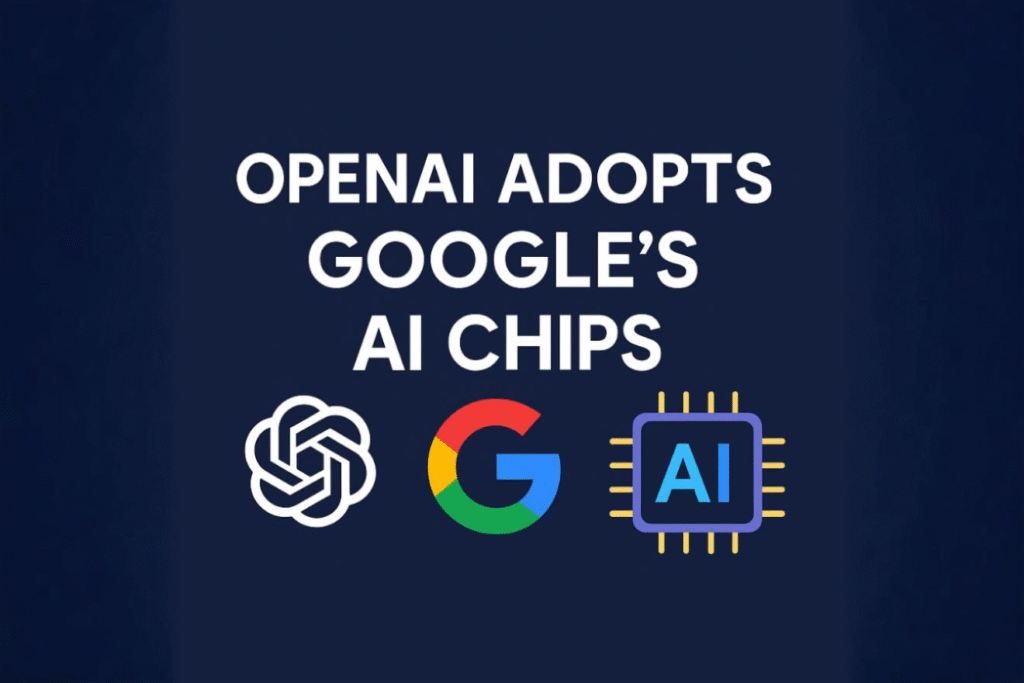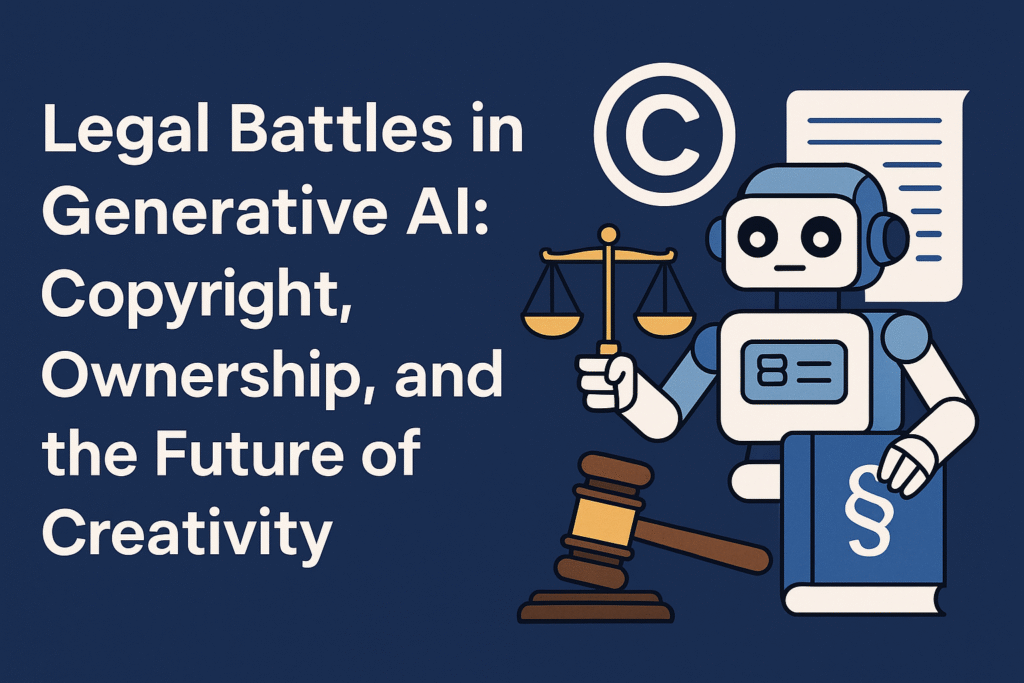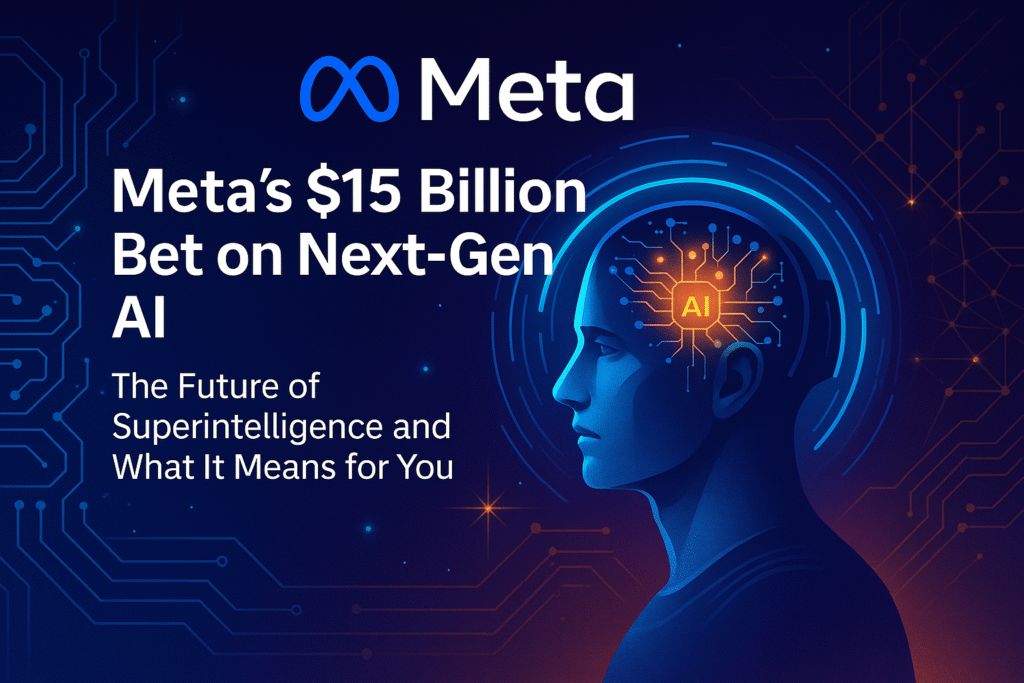
In a significant development shaking up the artificial intelligence (AI) landscape, OpenAI has started using Google’s AI chips, known as TPUs (Tensor Processing Units), to power some of its cutting-edge AI models. The move marks a strategic shift from OpenAI’s historical reliance on Nvidia’s GPUs, which have long been the backbone of high-performance AI computation.
This collaboration between two of the most influential companies in AI—OpenAI and Google—signals not only a technological pivot but also a broader realignment in the AI compute infrastructure space. From cost efficiency to hardware diversification, there are numerous reasons why this decision matters for the future of artificial intelligence.
Let’s explore the full picture: why OpenAI is turning to Google’s chips, what TPUs offer, how this could affect the broader AI industry, and what it means for developers, enterprises, and the future of AI tools.
Why Is OpenAI Using Google’s AI Chips?
Traditionally, OpenAI has used Nvidia GPUs—notably the A100 and H100—for training and deploying its large language models, including ChatGPT, GPT-4, and other generative tools. These GPUs have been essential for processing the massive datasets and complex algorithms that underpin modern AI.
However, the AI boom of the past two years has put unprecedented pressure on GPU availability. With nearly every major tech company—from startups to giants like Meta, Amazon, and Microsoft—competing for limited GPU supply, compute shortages and high operational costs have become common.
This has led OpenAI to diversify its infrastructure. By incorporating Google Cloud’s TPUs, the company is gaining:
- Increased computing power at scale
- A more stable supply chain
- Cost savings over Nvidia’s high-priced GPUs
- Enhanced performance on certain AI tasks
This strategic diversification ensures that OpenAI isn’t tied to one chip vendor or cloud provider—a crucial move for a company working at the cutting edge of global AI development.
What Are TPUs and Why Do They Matter?
TPUs (Tensor Processing Units) are custom-built chips developed by Google specifically for machine learning and deep learning tasks. Unlike general-purpose GPUs, TPUs are application-specific integrated circuits (ASICs), meaning they’re fine-tuned for the kind of matrix operations that AI models rely on.
Here’s why TPUs stand out:
- Designed for high-performance parallel computing
- Great for large-scale training and inference tasks
- Optimized for TensorFlow and JAX, two widely-used ML frameworks
- Available through Google Cloud’s Vertex AI platform
TPUs have powered many of Google’s own products, including Search Generative Experience (SGE), Bard/Gemini, and various internal ML systems.
OpenAI tapping into Google’s AI chips means it can take advantage of this highly optimized hardware environment—and potentially boost the speed and efficiency of its own products.
Why the Move Makes Strategic Sense
From a strategic standpoint, OpenAI’s decision aligns with several key priorities:
1. Reducing Dependency on Nvidia
Nvidia has been the king of AI compute—but the demand has overwhelmed supply chains. OpenAI’s reliance on a single vendor creates risk. Google’s TPUs help mitigate that.
2. Cost Optimization
Nvidia GPUs are not just scarce—they’re expensive. Cloud costs for AI startups and enterprises have ballooned. Google’s TPUs, especially in bulk contracts, can offer cost advantages, improving OpenAI’s operational efficiency.
3. Infrastructure Flexibility
AI companies now aim for multi-cloud strategies—avoiding lock-in with one provider like AWS, Azure, or GCP. OpenAI’s move signals openness to cross-platform AI deployment, allowing global scaling and redundancy.
4. Closer Ties with Google
Although OpenAI has strong ties with Microsoft, its adoption of Google TPUs may open new collaboration channels or testing capabilities—especially in the context of AI ethics, performance benchmarking, and data compliance.
What This Means for the AI Industry
This move goes beyond OpenAI. It reflects a larger trend: the rise of AI chip competition.
For years, Nvidia has enjoyed a near-monopoly in deep learning hardware. But now, with billions being poured into AI, every major player wants to build or control its own compute stack. From Google TPUs to Amazon Trainium, Meta’s custom AI chips, and Microsoft’s Maia, the landscape is changing fast.
This chip competition benefits the industry in several ways:
- More options for developers and researchers
- Lower infrastructure costs as companies compete
- Faster innovation in hardware-specific AI tuning
- More geographically distributed compute resources
The future of AI infrastructure is diverse, multi-cloud, and hardware-agnostic—and OpenAI’s adoption of Google TPUs is a clear step in that direction.
How Developers and Businesses Benefit
If you’re building with AI—whether you’re an indie developer or a tech company—this shift has important implications:
- Better access to high-performance compute via Google Cloud
- New benchmarks for AI model training and deployment using TPUs
- Potential for lower latency and improved inference costs
- Ability to experiment with TPU-optimized models and frameworks
It also gives AI engineers and DevOps teams more flexibility in choosing where and how to run their models, enabling performance tuning across different chip environments.
Useful Links:
- Reuters – OpenAI adopts Google AI chips
- OpenAI Official Site
- Top 10 AI Tools to Skyrocket Your Productivity in 2025

